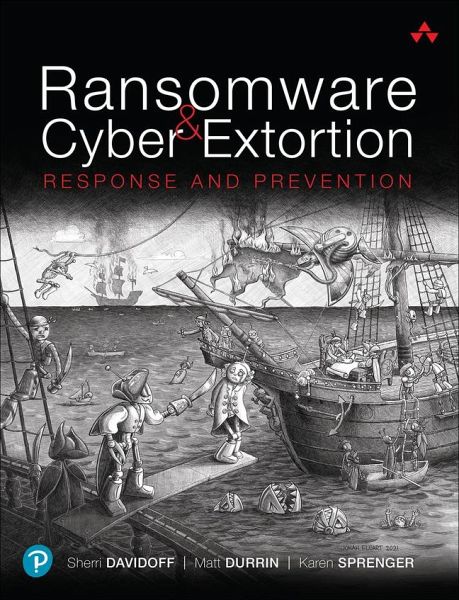
Ransomware and Cyber Extortion: Response and Prevention

PAYBACK Punkte
16 °P sammeln!
Protect Your Organization from Devastating Ransomware and Cyber Extortion AttacksRansomware and other cyber extortion crimes have reached epidemic proportions. The secrecy surrounding them has left many organizations unprepared to respond. Your actions in the minutes, hours, days, and months after an attack may determine whether you'll ever reco...













